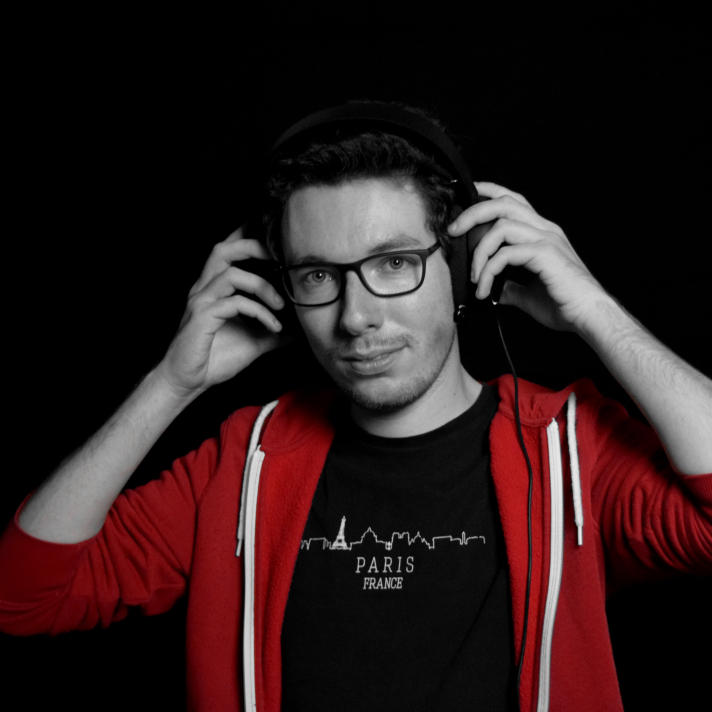After playing The Legend of Zelda – Breath of the Wild for over an entire year, it is time to take a closer look at some of the techniques used in other games released on the Nintendo Switch. Some games look impossible to port to this handheld console, but some wizards used some remarkable techniques to bring these gameplay experiences to the hybrid console.
One of the most impressive releases on the Nintendo Switch is The Witcher 3 – Wild Hunt. This game looks great on the current generation of consoles and is even harder to run on modern computer hardware.
The Nintendo Switch version of The Witcher 3 – Wild Hunt is further adjusted to work with less processing power and limited memory bandwidth. There are a lot of compromises that were inevitable seen the hardware limitations, but the gameplay experience remains the same.
Reduced graphics
Developers bringing their games to the Nintendo Switch tried to recreate the same gameplay experience on the handheld console. The level of detail in these games is often too overwhelming for the processor to handle.
The image quality, resolution of post-processing effects and options such as ambient occlusion, depth of field and volumetric lighting have to be reduced in order for a game to run smooth on the Nintendo Switch. Sometimes, developers made small tweaks to the level design to reduce the complexity of scenes.
Dynamic resolution
More recent ports on the Nintendo Switch tend to use an adaptive resolution feature that reduces the render resolution and pixel count of the game depending on the complexity of the scene and the load on the hardware.
In docked mode, the render resolution of a game is often higher than in handheld mode. These drops in resolution are more frequent in handheld mode, but besides the differences in resolution the other settings remain the same.
Shadows and particle effects
A reduction in shadow resolution makes the shadows in the game appear less clear and detailed, but this reduces the load on the hardware inside the Nintendo Switch. The level of detail of particle effects is also reduced to limit the required hardware resources.
Reduced draw distance
Some games feature larger levels and developers need to find alternatives to load the required assets in time considering the memory bandwidth limit. A reduction in draw distance of effects such as shadows and details results in pop-ups. Due to the lower resolution, this is often hidden or covered.
Compressed textures
Due to the limited memory bandwidth and processing power, developers need to reduce the texture resolution. The texture filtering is also lower compared to the other console versions of a game.
The reduction in texture quality is noticeable and may detract from the gameplay experience. Some environmental details are more difficult to spot in the Nintendo Switch version.
Lower framerate
As a measure to further reduce the load on the internal hardware, the Nintendo Switch version of a game is often locked to a lower framerate. Most of the times, this is 30 frames per second instead of 60 frames per second on other current generation consoles.
A combination of techniques
Most Nintendo Switch ports use the above mentioned techniques to reduce the stress on the console hardware. There are some compromises, but it remains impressive to see current generation titles run on a handheld console.
The gameplay on the Nintendo Switch is comparable to the existing gameplay experience on the other consoles, but you are able to enjoy these games in both docked and handheld mode. The advanced techniques and efforts of the developers are remarkable.
Do you enjoy this content?
Blogging and content creation is hard work. Donations are used to support this blog and its content. Do you want to help me create more and better content? You can now buy me a coffee.
Do you want to donate a different amount with PayPal? Please visit this page and select the exact amount you want to donate to help create more and better content.
Disclaimer. This post contains copyrighted images from The Witcher 3 - Wild Hunt, a video game developed and published by CD Projekt. The fair use of copyrighted works for purposes such as criticism, comment, news reporting or research is not considered as an infringement of copyright.
